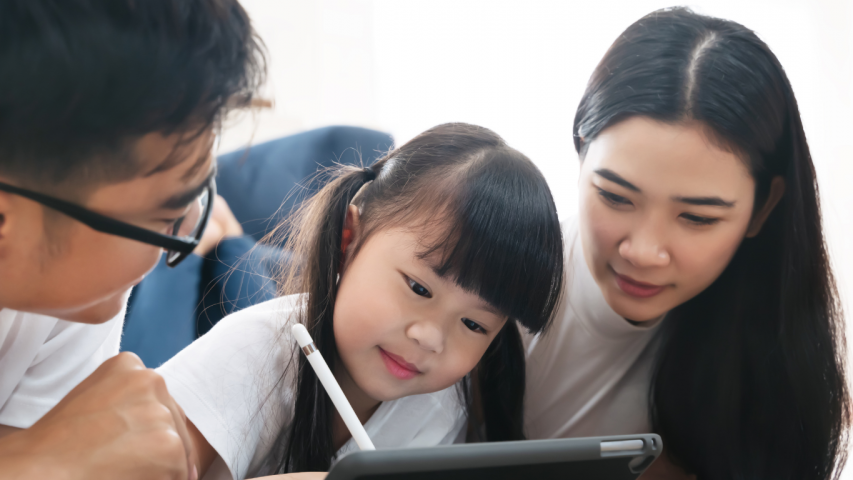Bridging the gap between traditional and digital learning, mobile technology emerges as a key player in enhancing educational experiences and nurturing stronger connections between caregivers and children in today's fast-paced world.

The integration of mobile technology in education marks a significant shift in the learning landscape. Far beyond a mere trend, it’s a transformation that bridges the gap between traditional classroom settings and the dynamic world of digital learning. These advancements have opened doors to interactive and accessible education, facilitating unique learning experiences that extend beyond the confines of school walls. For caregivers and educators alike, this means a world of opportunities to engage and inspire young minds, offering a platform for continuous learning and exploration.
The Rise of Mobile Learning
The emergence of mobile learning signifies a fundamental change in educational access and interaction. Mobile devices from cell phones to ChromeBooks have become indispensable tools in modern education, offering a diverse array of resources such as interactive e-books, educational apps, and various online platforms.
These tools have revolutionized the traditional approach to education, making learning more engaging, interactive, and accessible.
As a result, parents, educators, and students are better equipped to foster a lifelong love for learning, with the flexibility to adapt to individual needs and preferences.
The Role of Mobile Communication
Mobile devices have become integral to our daily lives, serving not just as tools for everyday communication but as important bridges linking educators and families. In the context of schools, mobile devices offer a direct and personalized way for parents to engage in their children’s learning journeys. Thoughtful, balanced use of these devices can enhance the educational experience, fostering a collaborative environment between home and school.
Harnessing Digital Platforms for Enhanced Learning
Digital platforms such as ClassDojo and Talking Points are revolutionizing the way parents and teachers communicate. These platforms offer efficient, streamlined channels for sharing student progress, educational resources, and facilitating two-way communication. They also play a crucial role in breaking down language barriers, making education more inclusive and accessible to families from diverse linguistic backgrounds. Through these platforms, parents can remain connected and actively involved in their children’s education, bridging any gaps that may exist due to language differences.
Maximizing the Benefits of Digital Resources
The creation of class websites is an invaluable tool for educators, serving as a central hub for information and resources. By aligning lesson plans with these online resources and integrating tools like Footsteps2Brilliance, teachers can provide parents with deeper insights into the curriculum and their children’s educational progress. These websites can also host a variety of educational tools and resources, making it easier for parents to engage with and support their children’s learning at home.
Mobile Learning: A Catalyst for Parent-Child Bonding
Mobile educational tools offer more than just academic benefits; they are mediums that foster strong parent-child relationships. Shared digital experiences, such as reading a digital story or playing an educational game, are crucial in building emotional connections and instilling a passion for learning. These moments of shared discovery and enjoyment are vital for developing strong familial bonds and fostering a love for learning that lasts a lifetime.
Looking Ahead: The Future of Mobile Learning
The digital era in education is not just about adopting new technologies; it’s about transforming the way we connect and learn. These tools offer a platform for enriching educational experiences, bridging gaps between school and home, and enhancing the overall learning journey.
The future of mobile technology in education holds immense potential. With continuous advancements, these tools will offer even more innovative and immersive ways to engage, inspire, and educate. They represent a shift in the educational paradigm, not just in terms of teaching and learning methodologies, but in the way we connect and grow as a learning community. Embracing these technologies means embracing a future where education is more interactive, inclusive, and adaptable to the needs of every learner.
Leveraging mobile technology is an integral part of contemporary education. It offers a unique opportunity to enhance learning experiences, foster family bonds, and build a community of engaged, lifelong learners. Every tap, swipe, and interaction becomes a cherished chapter in the story of a child’s educational journey, co-authored with love and guidance by their caregivers. As we embrace this journey, we unlock the vast possibilities that mobile learning holds for our future generations, paving the way for a more connected and educated world.




